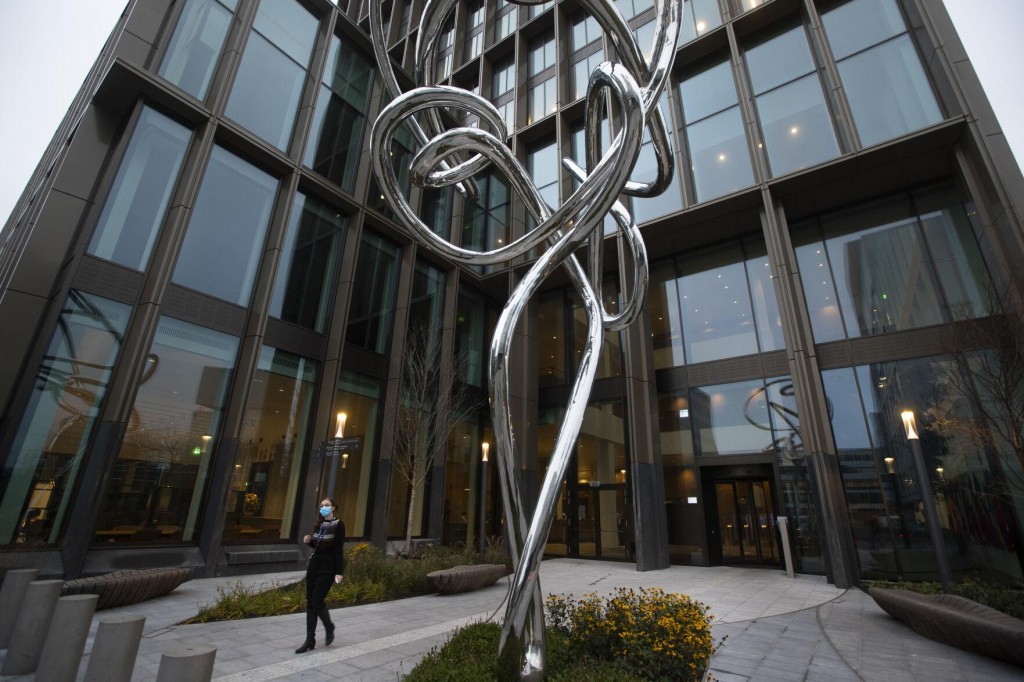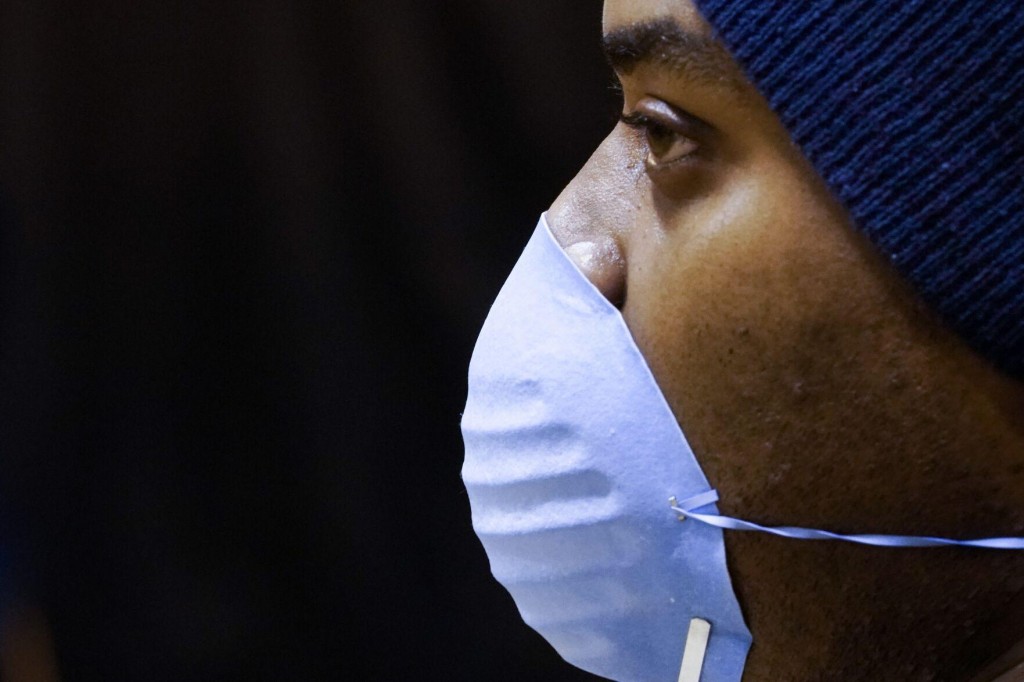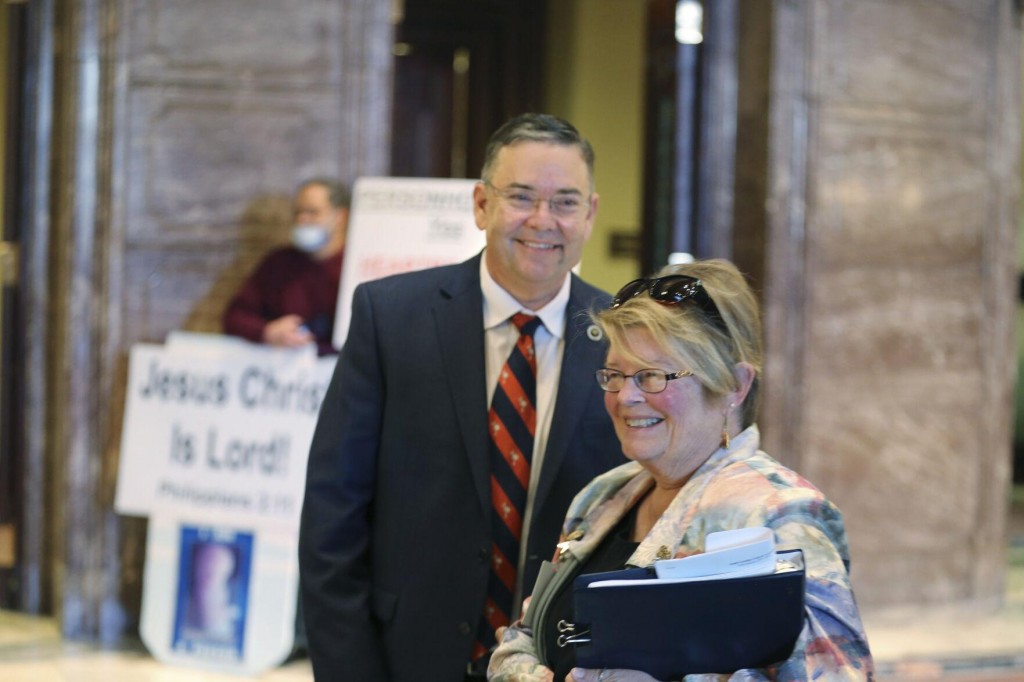Anti-abortion groups are firing off a warning shot for 2024: We’re not going anywhere.
Their leaders say they’re undeterred by recent election setbacks and plan to plow ahead on what they’ve done for years, including working through state legislatures, federal agencies, and federal courts to outlaw abortion. And at least one prominent anti-abortion group is calling on conservative states to make it harder for voters to enact ballot measures, a tactic Republican lawmakers attempted in Ohio before voters there enshrined the right to abortion in the state’s constitution.

Megan Jelinger, TNS
Canvassers hold pro-life signs Nov. 4 at Columbus Christian Center during a pro-life canvassing meeting in Columbus, Ohio, where voters enshrined the right to abortion in the state’s constitution days later.
“For us, this is a civil rights battle. We have innocent human beings whose lives are being destroyed,” said Carol Tobias, president of the National Right to Life Committee, one of the country’s largest anti-abortion groups. “And we’re going to keep fighting because we think those are human beings who deserve protection.”
The movement is no stranger to the long game, working over decades to get the Supreme Court to overturn Roe v. Wade, the landmark 1973 decision establishing a constitutional right to abortion that the high court nullified last year.
But Republican lawmakers and anti-abortion candidates have struggled to coalesce around a unified message ahead of the 2024 elections. In addition to the Ohio defeat, voters in Virginia on Nov. 7 effectively rejected Gov. Glenn Youngkin’s proposal to ban abortion after 15 weeks by giving control of the state legislature to Democrats. Democrats are expected to keep capitalizing on anger over the Supreme Court’s 2022 decision in Dobbs v. Jackson Women’s Health Organization.
In its aftermath, abortion rights supporters have successfully won campaigns in seven states. In Ohio, a state Donald Trump won by healthy margins in both 2016 and 2020, 57% of voters supported a constitutional amendment protecting abortion rights. Voters in 11 more states could see abortion-related initiatives on their ballots next year, including in Colorado, Missouri, Nebraska, and South Dakota.
The Ohio vote “makes clear it’s essential that the critical work of the pro-life movement must carry on with renewed energy and enthusiasm,” Jim Daly, president of Focus on the Family, said in a statement following the Nov. 7 election results.
“The GOP already tried the ‘ostrich strategy’ in 2022 of ignoring the issue and hoping it would go away. It didn’t work,” Susan B. Anthony Pro-Life America said in a memo after the Ohio vote that urged the Republican Party to clarify its stance.
As abortion opponents push ahead, there is some disagreement over the best tactics, said Mary Ziegler, a law professor at the University of California-Davis and historian on the abortion debate in the U.S.
Some anti-abortion groups want to focus more on strategies that don’t depend on voters, instead “going to the points of access you have, which are state legislatures and federal courts,” Ziegler said. Other organizations insist they need to win over voters, either by doing a better job selling their positions or moderating what they’ll accept, to secure lasting change.
“There’s a sort of underlying, ‘How much do we care about voters?’ divide,” she said.
So far, 14 states, mostly in the South and Midwest, have enacted near-total abortion bans, and an additional seven states have instituted bans between six and 18 weeks of gestation. Anti-abortion groups are also deploying strategies to limit — if not eliminate — access to prescription medicines used for most abortions in the U.S.
A lawsuit threatening access to mifepristone, one of two pills for medication abortion, is making its way through the federal courts. And several anti-abortion groups are trying to revive enforcement of the Comstock Act, a 19th-century law that prohibits the mailing of “obscene” materials and information, as a way to ban the mailing of abortion pills nationwide.
The anti-abortion movement could “cancel out some of these victories at the polls that I don’t think voters are aware of,” Ziegler said.
“This is a movement that formed not to win elections but to advance fetal rights,” she said.
Anti-abortion groups aren’t unified in their messaging. SBA Pro-Life America, for example, is pushing Republican candidates to back a national 15-week abortion ban. Others say it is time to do away with that type of incremental strategy — according to the Centers for Disease Control and Prevention, 93% of abortions in 2020 occurred at 13 weeks or earlier.
Tobias, of the National Right to Life Committee, said its ongoing strategy will be lobbying state legislatures, and focusing more on when abortion should be allowed, such as in cases involving rape or incest, rather than just gestational limits. She said the organization is not calling on Congress to pass a national abortion ban because there aren’t 60 votes in the Senate that would be needed to overcome a filibuster.
Abortion rights supporters say the next steps for their opponents aren’t so simple. People are “never going to accept this idea of having fewer rights,” said Gabriel Mann, spokesperson for Ohioans United for Reproductive Rights, the ballot committee that spearheaded the state constitutional amendment campaign.
“They’ve had five decades since Roe to convince the American people that somehow everyone would be better off sacrificing their own reproductive rights,” Mann said. “They failed.”

Anti-abortion groups shrug off election losses, look to courts, statehouses for path forward
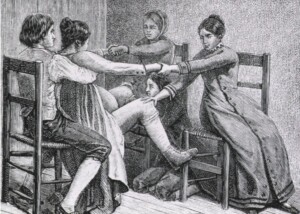
Anti-abortion groups shrug off election losses, look to courts, statehouses for path forward

Anti-abortion groups shrug off election losses, look to courts, statehouses for path forward
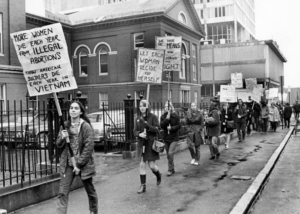
Anti-abortion groups shrug off election losses, look to courts, statehouses for path forward

Anti-abortion groups shrug off election losses, look to courts, statehouses for path forward

Anti-abortion groups shrug off election losses, look to courts, statehouses for path forward

Anti-abortion groups shrug off election losses, look to courts, statehouses for path forward








